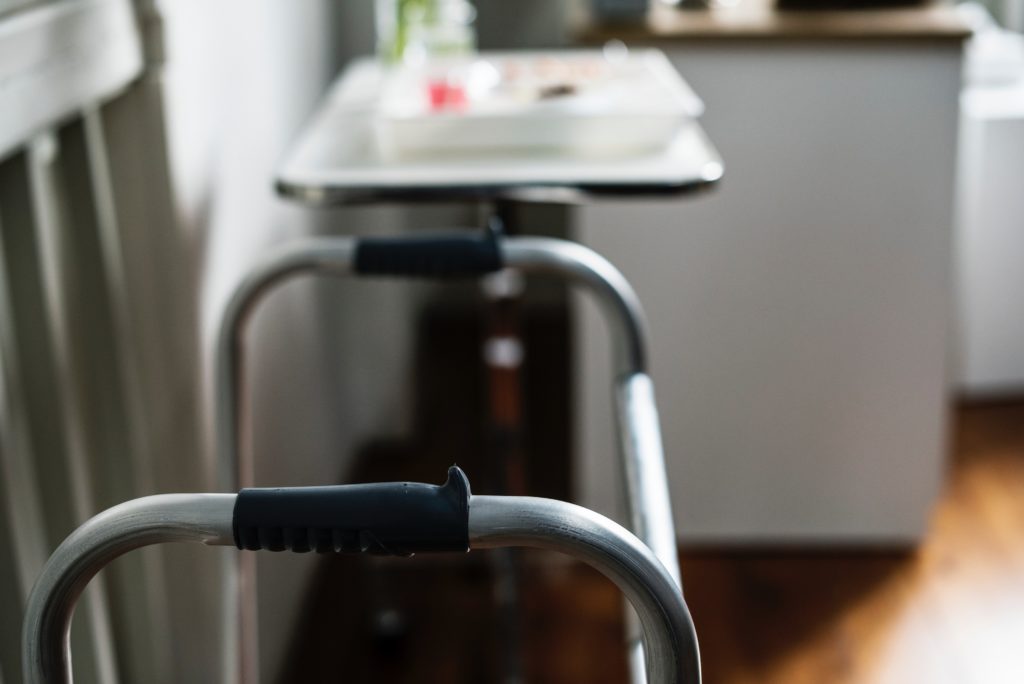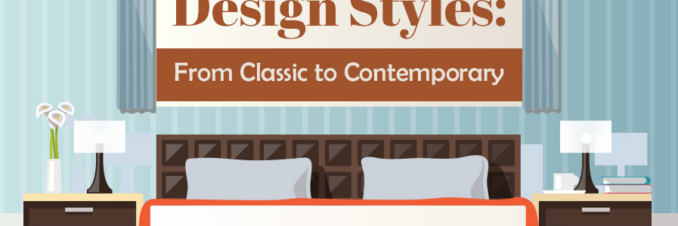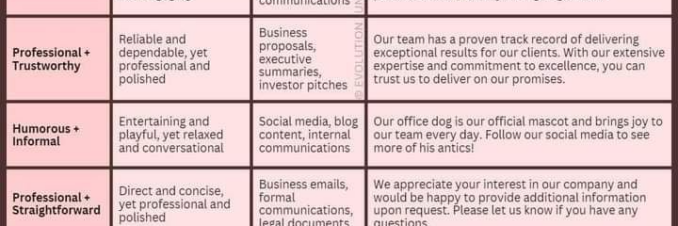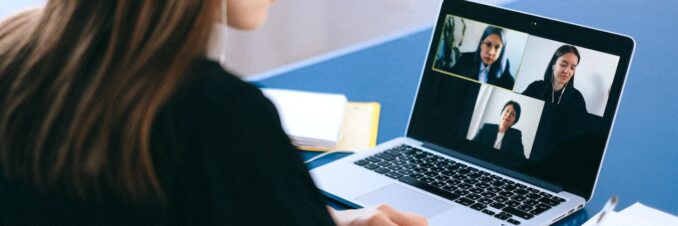
From guest columnist Patrick Young http://ableusa.info/
A senior is treated in the emergency room for a fall every 11 seconds. What’s more worrisome, a senior dies from a fall every 19 minutes. While these statistics are scary, there are things you and your family can do to help prevent falls from happening. Ranging from lifestyle changes to home modifications, here are some of the main ways seniors can prevent falls.
Exercise
Regular exercise helps maintain muscle mass, balance, and flexibility, which, in turn, increases mobility and significantly decreases the risk of falling. There are plenty of exercises you can do at home to help your chances of falling, but fitness classes also come with the benefit of socialization and supervised training.
If you are a Medicare subscriber, you may be eligible for Silver Sneakers, a program that provides access to 13,000 fitness centers across the country. Many Medicare Advantage plans, including those by Humana, offer this perk. If your plan doesn’t cover this, you could consider switching to one that does during the next enrollment period.
Decluttering
Many seniors have a tendency to let their stuff accumulate as time goes by, which often results in a borderline hoarding situation. This is not only unpleasant, but it is also potentially deadly.
Clutter greatly increases the risk of tripping over something, so a big decluttering session is a matter of health as well as aesthetics. Even better, a more minimalist home is also a healthier environment for your lungs and your mental health.
Grab Bars
It may not seem like it, but the bathroom is the most dangerous room in the house, as water, soap, and smooth porcelain make for a huge slipping hazard. One of the easiest ways to counter this is to install grab bars next to the bathtub, shower, and toilet. A plastic non-slip mat on the bathtub or shower floor can also be a big help.
Non-Slip Flooring
This is an obvious one, but it’s still worth mentioning. Certain floors are more prone to cause a slip or trip than others, so it’s a good idea to take stock of the flooring in the house. The Spruce recommends softer materials that will somewhat cushion a fall if it does happen, and in particular warns against tile, which is hard, potentially slippery, and easy to trip over.
You should also watch out for rugs on hard floors, which can easily slip or bunch up. Use double-sided carpet tape to keep them in place. Also, any elevated transitions between rooms should be flattened to reduce the odds of tripping.
Lighting
Poor lighting is a huge fall hazard since it increases the risk of tripping over unobserved objects. Luckily, it is also one of the easiest to remedy. Simply make sure that all areas of the house have adequate lighting at all times of day, with particular focus on heavy-traffic areas like hallways. Note that adequate doesn’t necessarily mean bright — you want even, consistent, preferably indirect light, rather than anything with a strong glare.
Nutrition
The link between nutrition and falls may not be obvious, but it is very much there. A lack of appropriate nutrients can make falls more likely by reducing strength and balance, and they can also make a fall more dangerous by making bones more fragile. Furthermore, a lack of Vitamin D has been directly linked to increased fall risk, and a lack of vitamins that help eyesight can cause similar problems when faced with poor lighting.
Making sure seniors are consuming a balanced and nutritious diet, maintaining a healthy body weight, and taking any necessary vitamin supplements will further protect them from falls.
Prevention is easy and pain-free — treating a fall is not. The above steps have the potential to not only make a senior’s life safer and more comfortable but to outright save it. The best part is that many of them also come with additional mental and physical health benefits, further improving a senior’s quality of life.







![A 44-Point SEO Checklist to Help Improve Your Process [Infographic]](http://www.emmanuelfonte.com/wp-content/uploads/2023/08/SEO-678x226.png)



Speak Your Mind